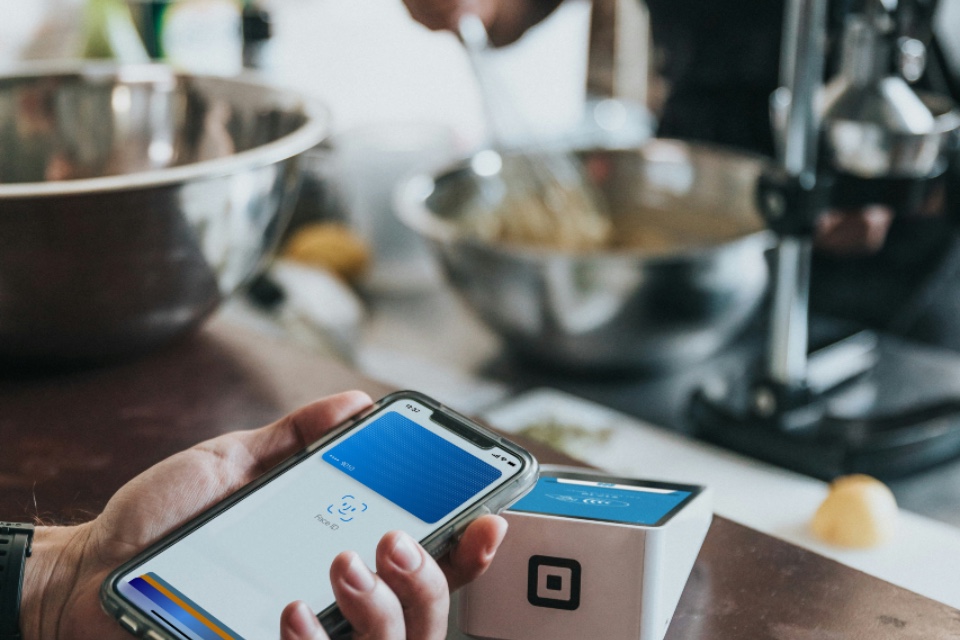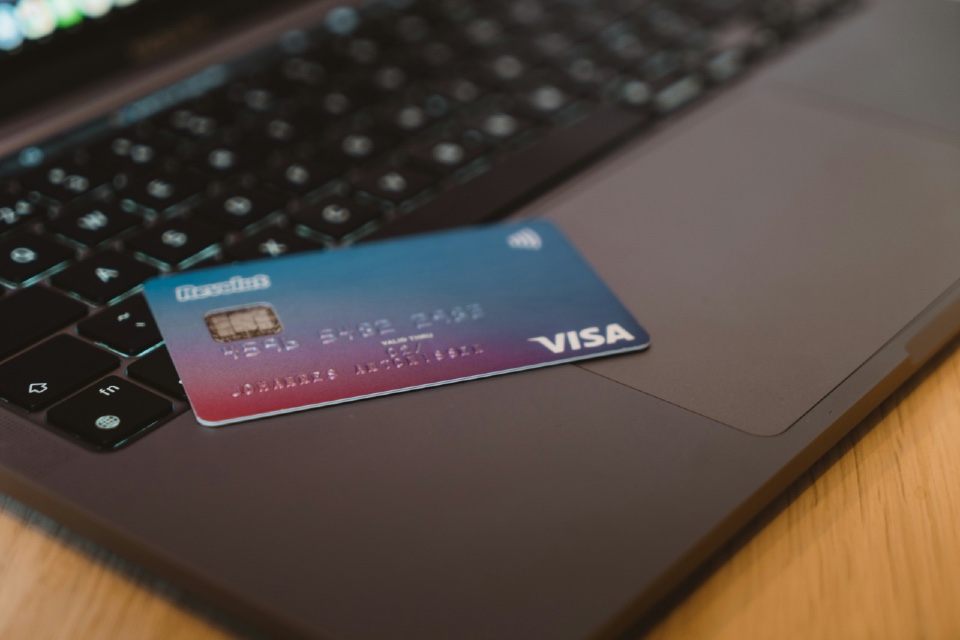Data published by UK Finance indicates how payment habits in the UK continue to evolve and how they are expected to change in the next decade.
Key findings from the Payment Markets Report for 2024 show:
- Over half of UK adults (57 per cent) are now using mobile wallets
- Debit, credit and charge card payments (both physical and mobile) accounted for 64 per cent of all UK transactions
- Debit cards were the most used payment method with 26.1 billion payments made
- There were 18.9 billion contactless debit and credit card payments made – around 61 per cent of all card payments
- Faster Payments became the second most-used payment method, with 75 per cent of adults using mobile banking
- Buy Now Pay Later saw a notable jump, with use rising from 14 per cent to 25 per cent of UK adults in just one year
- Cash payments accounted for less than 10 per cent of all payments for the first time
The total number of payments made in the UK last year was 48.6 billion payments, up by 1.5 per cent from 2023.
More people are now using digital payments, with rising use of in-app purchases, digital wallets, and Buy Now Pay Later for shopping. At the same time, cash payments have again fallen. These trends show how people are increasingly turning to digital payment options, a shift that is expected to continue in the years ahead.
Consumers were responsible for 84 per cent of all payments last year, mostly for day-to-day purchases. Businesses, government and not-for-profit organisations accounted for 16 per cent, including salary, pension and benefit payments to individuals and payments between organisations.
More people are using their phones, watches or other mobile devices to manage money and make purchases. There’s been a surge in mobile wallet use for online and contactless payments, with over half of UK adults (57 per cent) using wallets last year, up from 42 per cent in 2023.
Users who register for a mobile wallet service, quickly seem to become frequent users and where contactless card payments replaced what were once low-value cash payments, now contactless mobile payments appear to be replacing contactless payments initiated using a physical card.
Of those who used mobile payments, half used them monthly, and 44 per cent weekly or more often. While younger people still lead the way in terms of adoption – 88 per cent of 16–24-year-olds – among those aged 65 and over, registration rose from 14 per cent in 2023 to 25 per cent in 2024.
Mobile banking, via a banking app for example, became the most common way to access accounts in 2024, used by 75 per cent of UK adults. It also overtook desktop banking for the first time. People now use mobile banking not just to check balances, but to make payments and manage their money.
As a result, Faster Payments – the system behind most real-time bank transfers – rose by around 14 per cent to 5.6 billion transactions last year, making it the UK’s second most-used payment method after cards.
Cards
Cards (both physical and mobile) were the most used way to pay in the UK last year, making up 64 per cent of all transactions. Debit cards led the way, with 26.1 billion payments – up six per cent from 2023. Credit and charge card use rose slightly, from 4.9 to five billion payments.
Consumers made 18.9 billion contactless card payments in 2024 – mostly with debit cards. Around 62 per cent of debit card payments and 55 per cent of credit and charge card payments were contactless. Card use continues to grow, driven by a steady move away from cash, more businesses accepting cards, and the rise of mobile payments.
Buy Now Pay Later
Buy Now Pay Later (BNPL) services saw notable growth last year, with one in four UK adults (25 per cent) using them, up from 14 per cent the year before. BNPL allows people to split purchases into instalments and has expanded from online shopping into physical retail.
Fashion led the way, making up 46 per cent of BNPL transactions, with an average spend of £114. While younger adults remain the most frequent users, uptake among 55–64-year-olds more than doubled, rising from 10 to 21 per cent. Looking ahead, BNPL use is likely to be shaped by new regulation. From 2026, mandatory affordability checks are set to be introduced to support responsible lending and help prevent unaffordable debt.
Cash
As digital options become more widespread, cash use continued its long-term decline in 2024, falling to 4.4 billion payments compared with six billion in 2023. For the first time, cash accounted for less than 10 per cent of all payments.
Around 1.2 million people still relied mainly on cash for their everyday spending last year – just over two per cent of adults – down from 1.5 million in 2023. Cash remains more common among over 65s and younger adults aged 16–24, often reflecting different circumstances: younger adults may have limited access to cards, while older people may prefer familiar methods.
Looking ahead: How UK payments are expected to change by 2034
- Cards are expected to remain the most popular way to pay, accounting for around 67 per cent of all payments. Contactless use is set to grow, reaching 43 per cent of all payments in the UK.
- Mobile wallet use is expected to grow, with more people, including older age groups, registering and using them more often for everyday payments.
- New services like “Pay by Bank” through open banking could become more common, letting people pay straight from their bank account instead of using a card – especially if major retailers and public services start offering it.
- Traditional methods like cash and cheques are expected to decline further, with cash projected to fall to four per cent of payments and cheques to just 0.1 per cent.
Adrian Buckle, Head of Research at UK Finance, said: “2024 was a year of firsts, all pointing to the growing shift towards digital payments – more than half of UK adults used mobile wallets, mobile banking overtook desktop as the main way people access their accounts, and cash fell below 10 per cent of all payments.
“These changes weren’t just driven by younger consumers. We saw growth in mobile wallets and Buy Now Pay Later across older age groups too, highlighting how digital payments are becoming more mainstream across the board. Action from regulators to improve competition, along with the rollout of the National Payments Vision, aimed at fostering a new era of innovation in payments, is helping to create the conditions for further change in the years ahead.”
Photo by Nathan Dumlao on Unsplash







